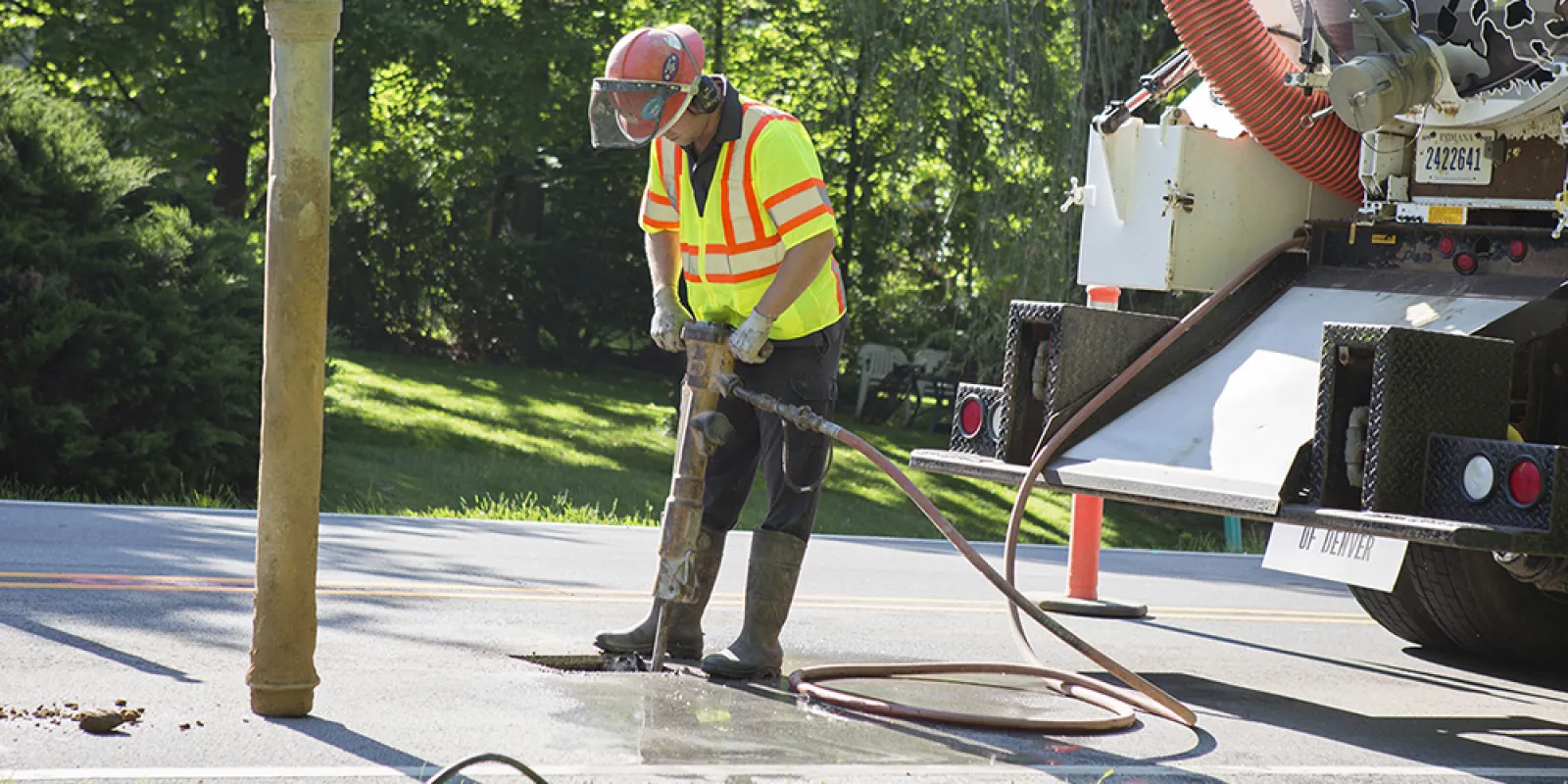

Monday, August 20th 2018

Why Use Vacuum Excavation: Vacuum excavation uses high-pressure water or air to break apart the soil or rocks while a vacuum sucks up the material. This excavation method is especially useful for utilities that are buried deep underground or in a congested area. Not only does it keep on-site crews safe on the surface—which is always our first priority—but it can also eliminate accidental line damage and trench cave-ins. Plus, it is one of the most efficient and effective methods of identifying the accurate depth of a utility.
Benefits of vacuum excavation: The benefits of vacuum excavation are numerous:
Types of vacuum excavation: There are two types of vacuum excavation:
Whichever type you choose, you’ll get the same result: A quick, non-destructive and cost-effective way to safely locate and expose buried utilities